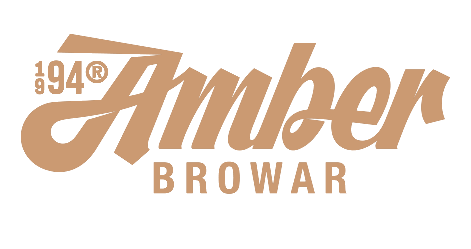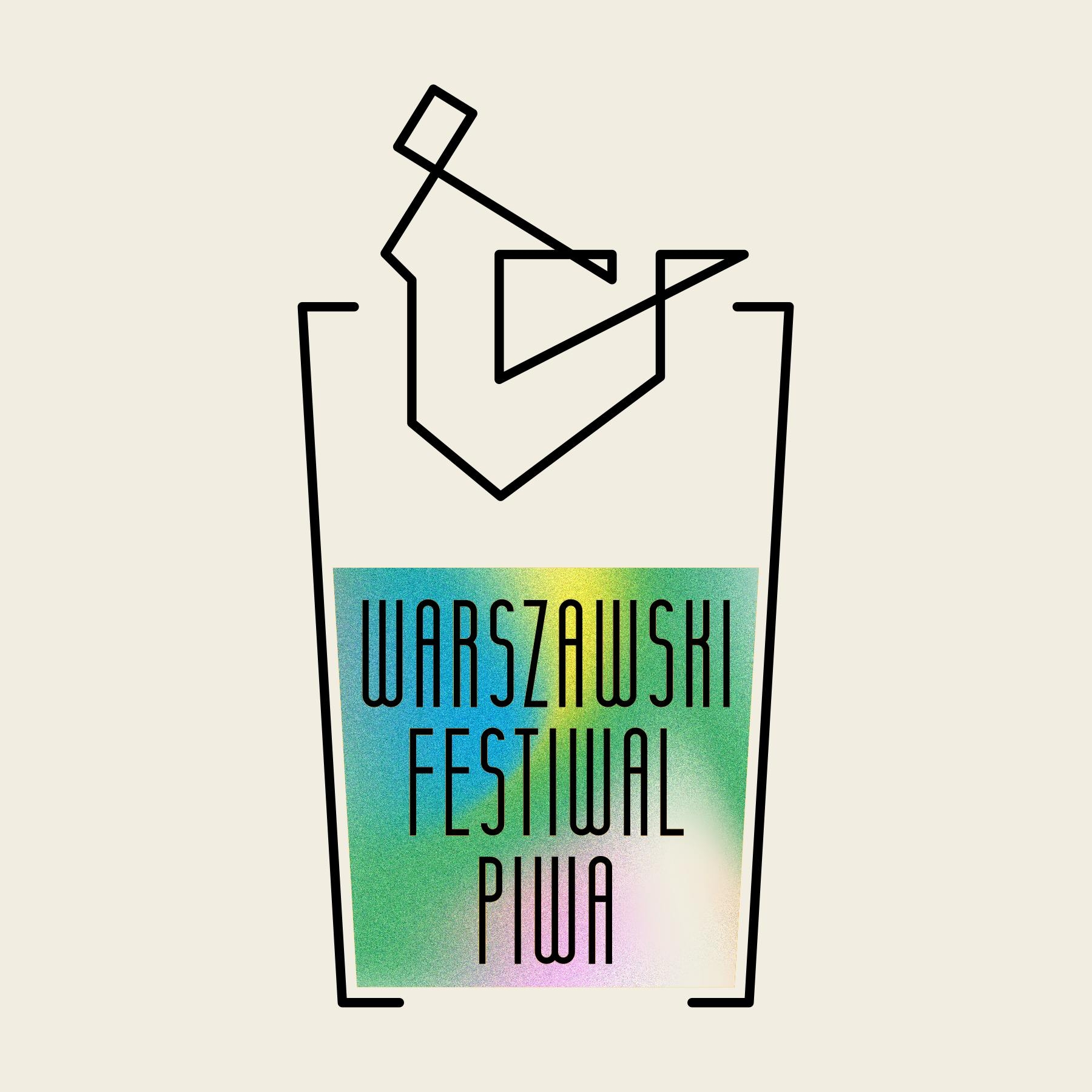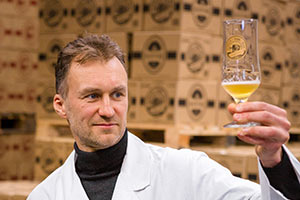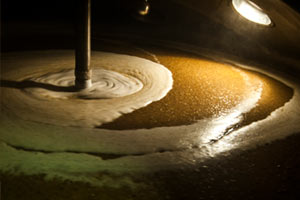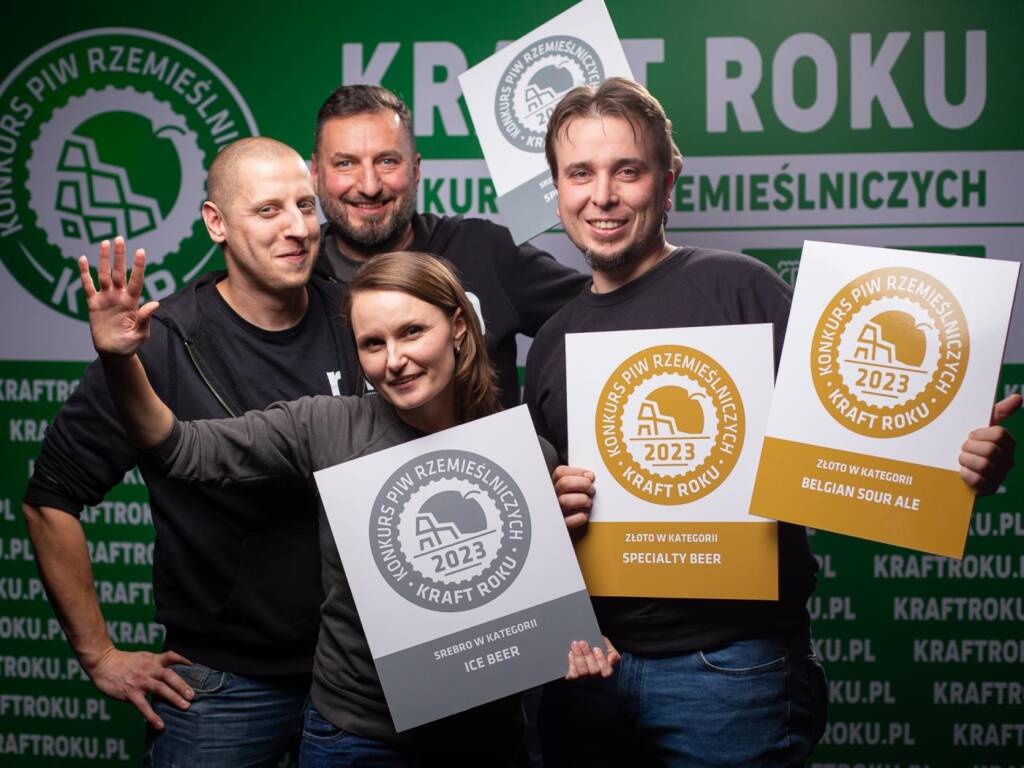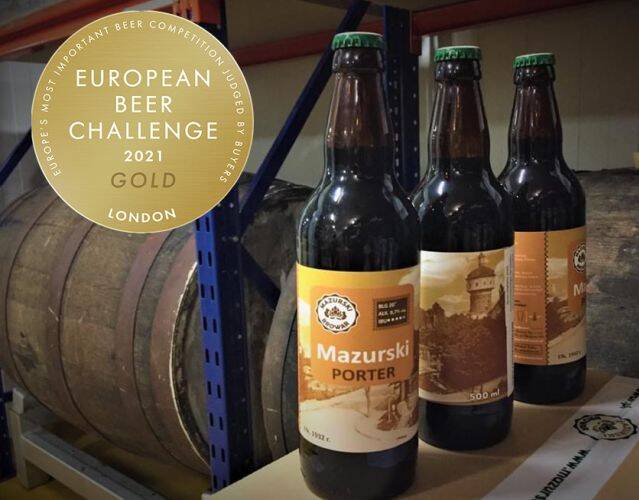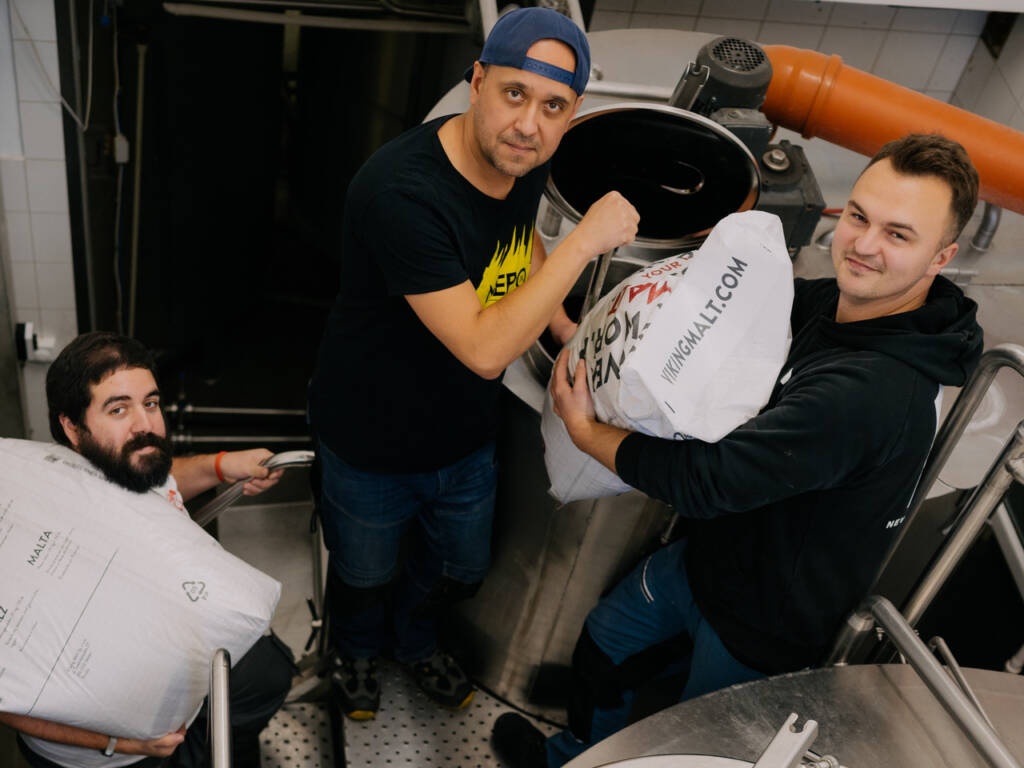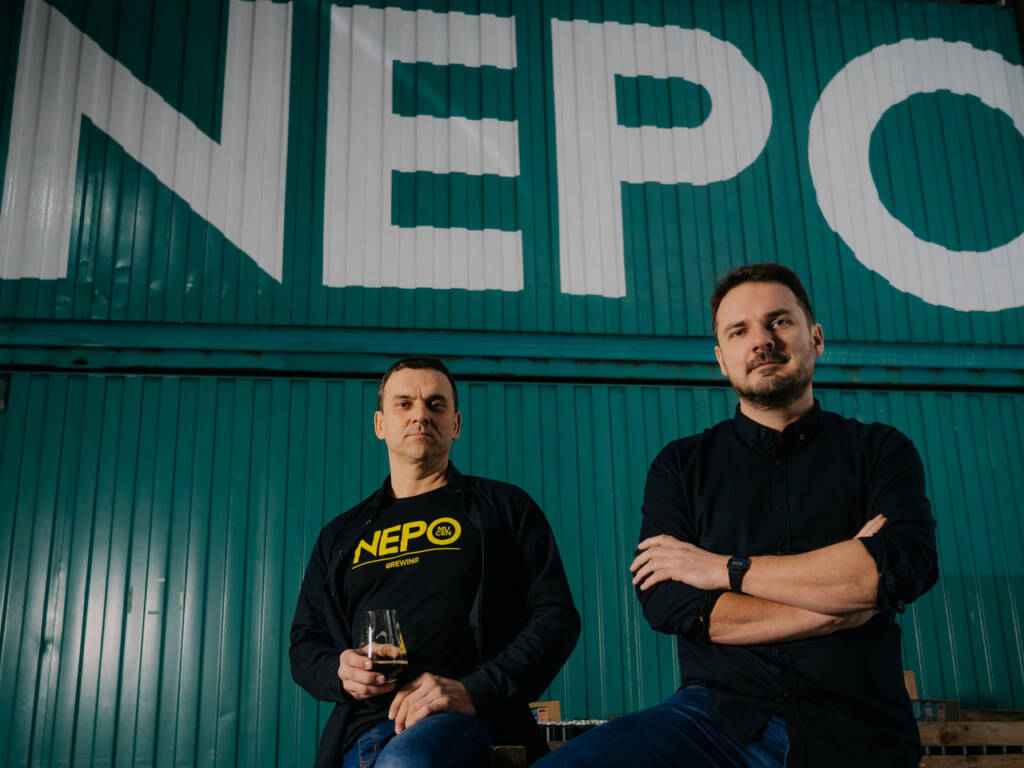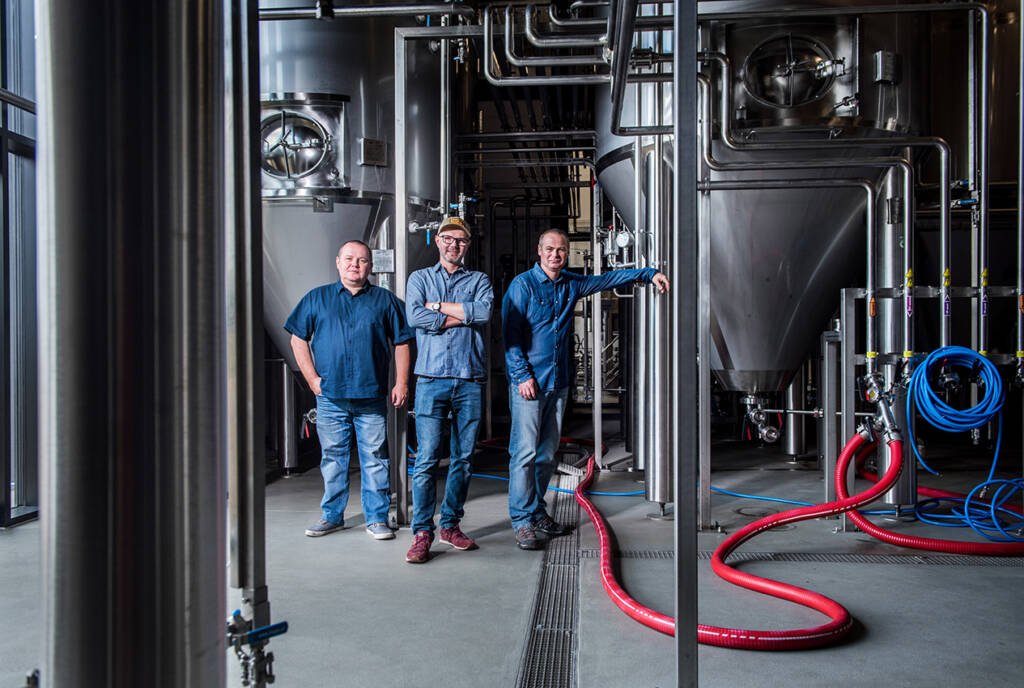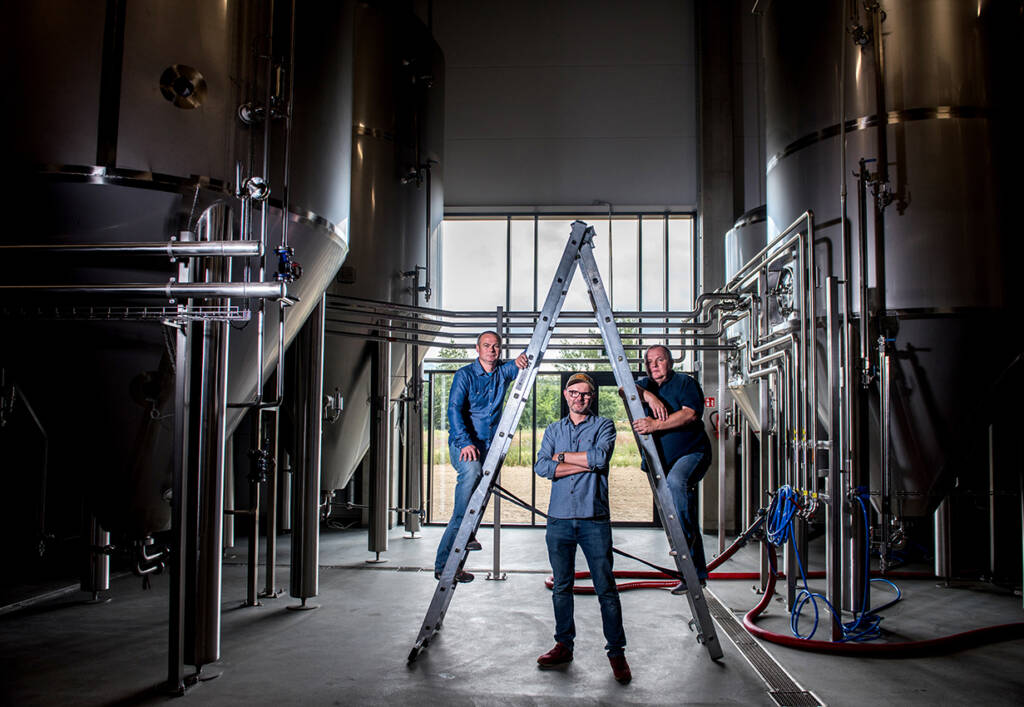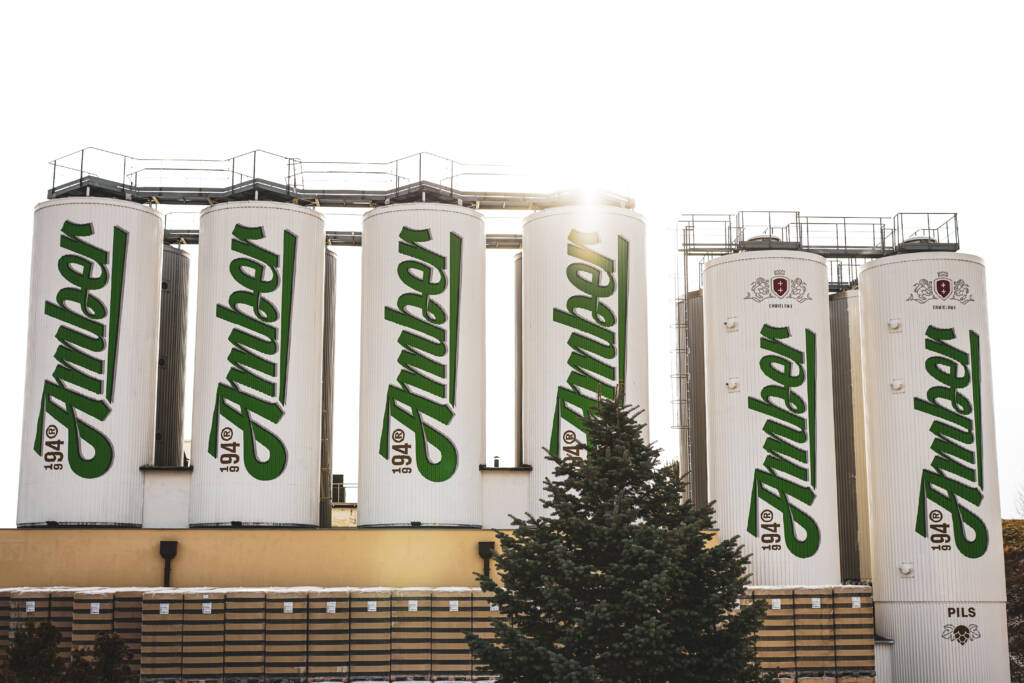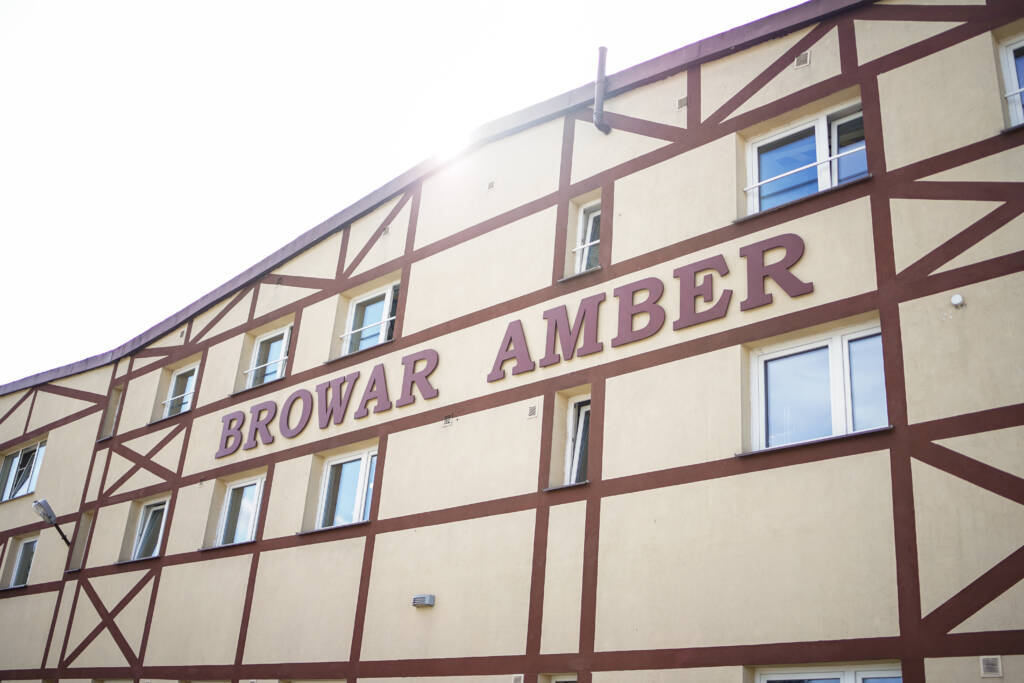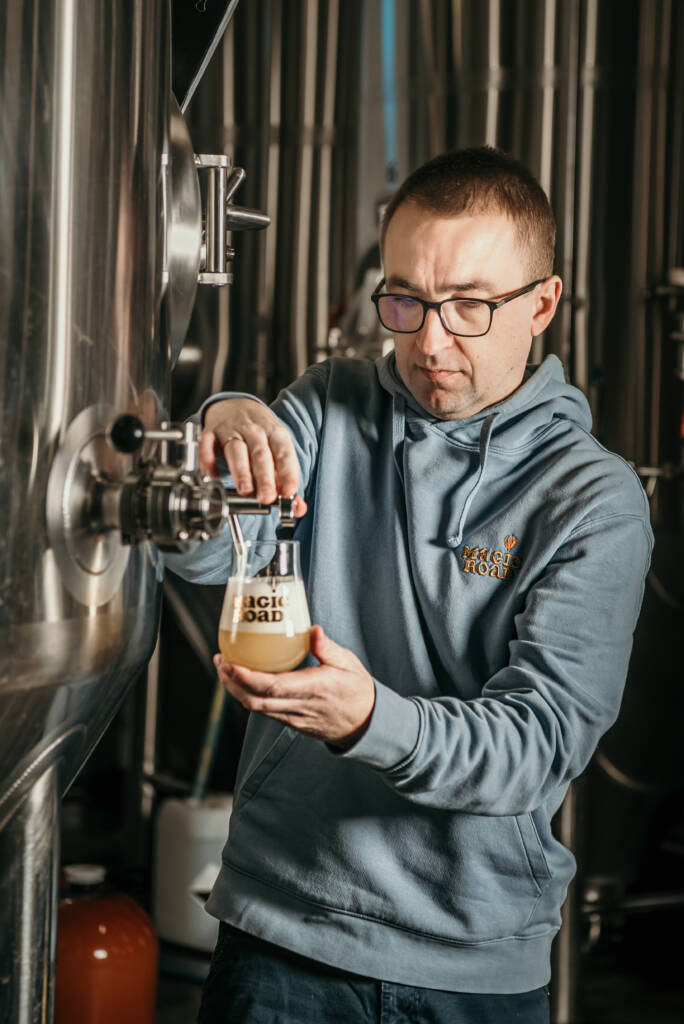Baltic
Porter Day
Kolejna Edycja
17 stycznia 2026
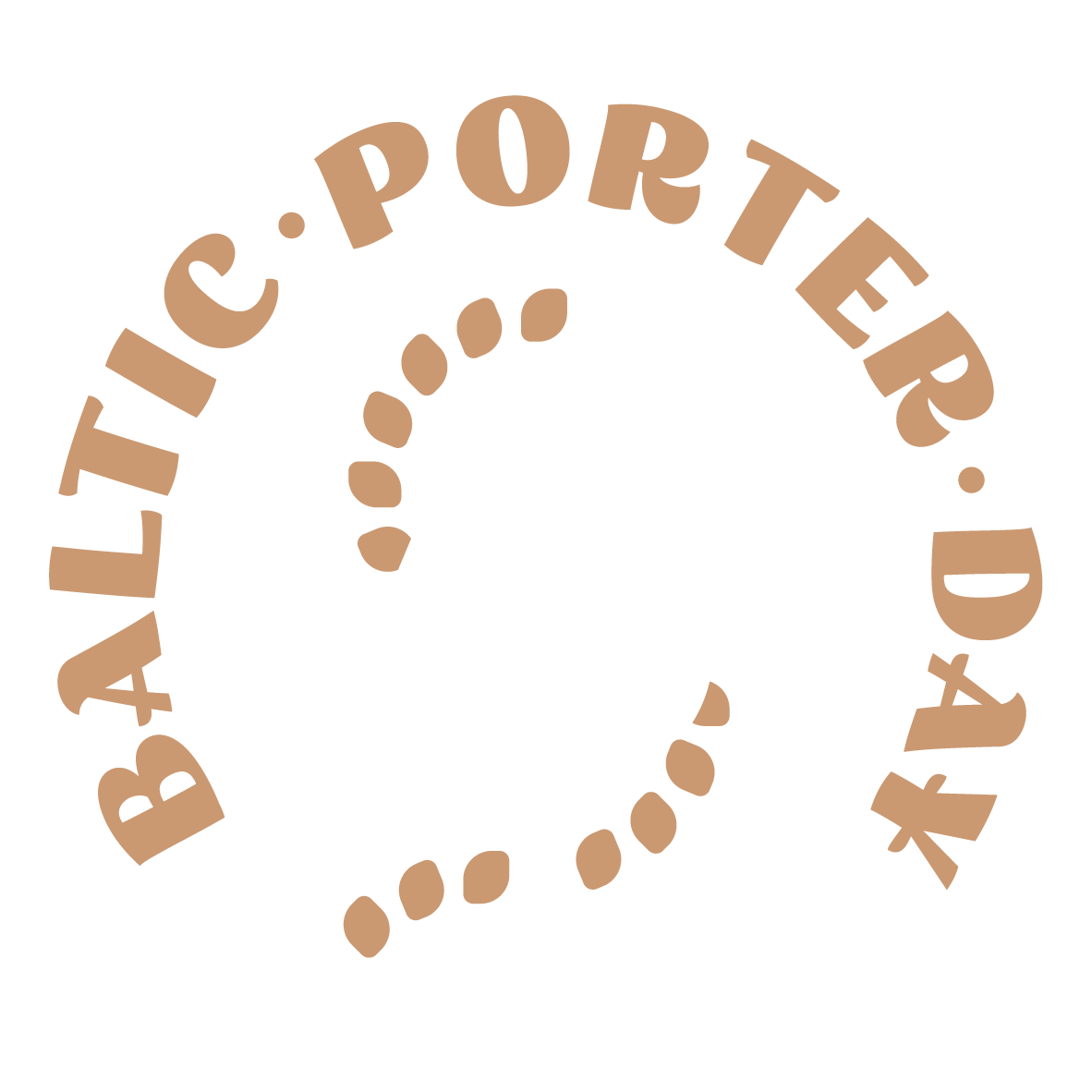
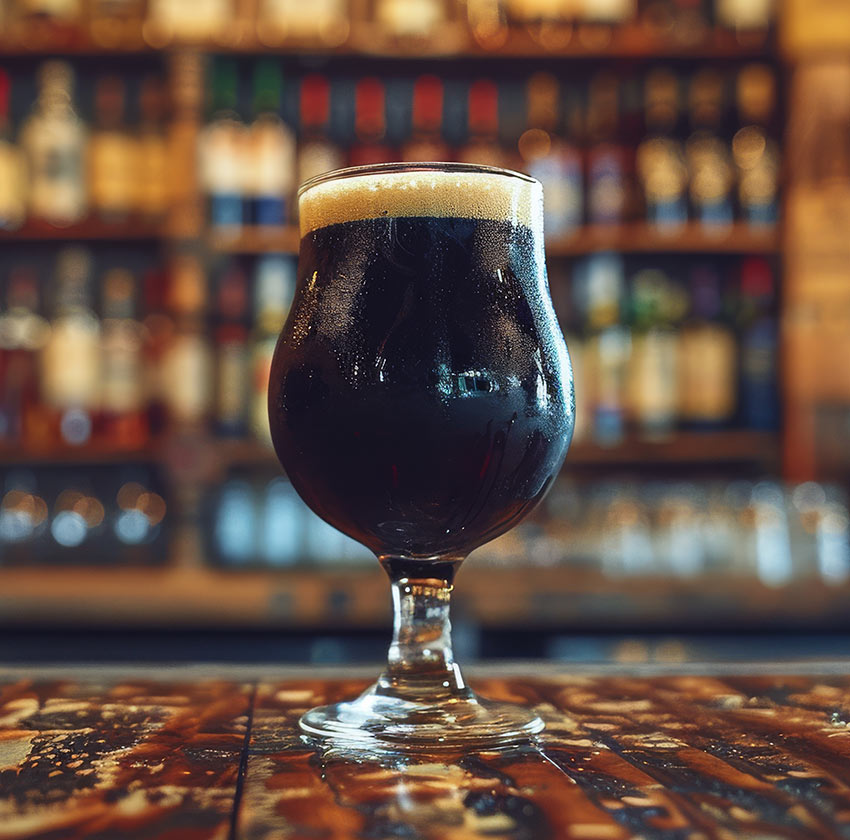
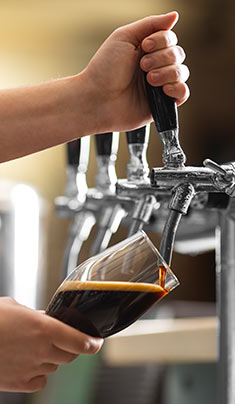
Porter Bałtycki
Czym jest, jak smakuje?
Historia stylu
Porter bałtycki dzisiaj
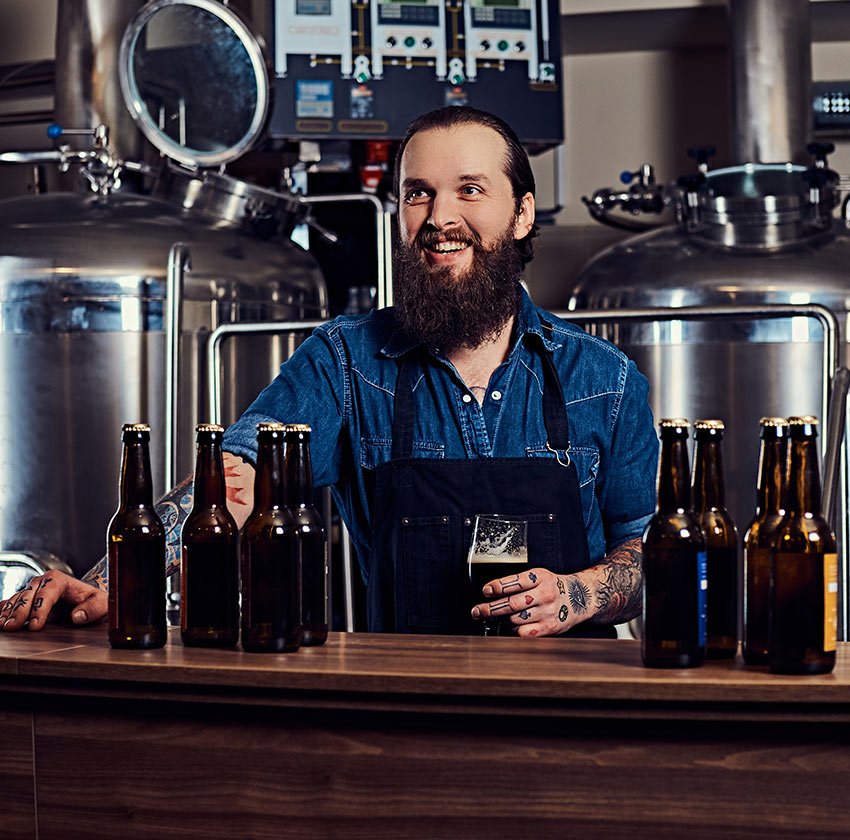
Baltic Porter Day
Historia Baltic Porter Day zaczyna się w 2011 roku. Zaczynałem wtedy swoją przygodę z piwem rzemieślniczym i postanowiłem założyć blog o piwie. Ale nie o każdym, chciałem mieć jakąś specjalizację.
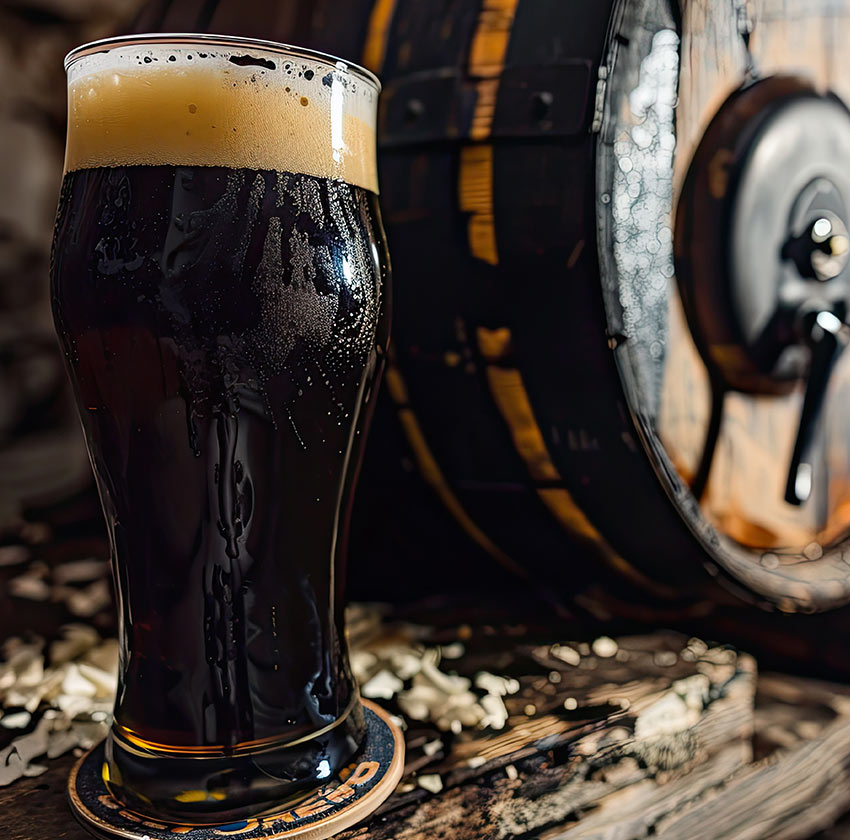

Sztuka degustacji porteru, czyli jak pić porter bałtycki, żeby w pełni się nim nacieszyć?
Patroni Dnia
Kilka faktów o stylu
Porter bałtycki odróżnia się mocno od innych porterów. W przeciwieństwie do porteru angielskiego znanego także jako brown porter i amerykańskiego znanego jako robust porter porter bałtycki jest piwem dolnej fermentacji.
Najlepsze klasyczne portery bałtyckie mają 20-22 Plato, są także wersje imperialne czyli mocniejsze, które potrafią mieć powyżej 30 Plato.


Nowości ze świata Porteru Bałtyckiego
Kolejny Baltic Porter Day odbędzie się już w Styczniu 2025 po raz dziesiąty! Jak można uczcić ten dzień?
Wyjść do ulubionego pubu, który akurat serwuje porter bałtycki. Lub zrobić zakupy i cieszyć się porterem w domu. Może zaprosić znajomych i zrobić mały panel degustacyjny? A tymczasem przeczytaj nowości ze Świata Piwowarskiego Skarbu Polski











